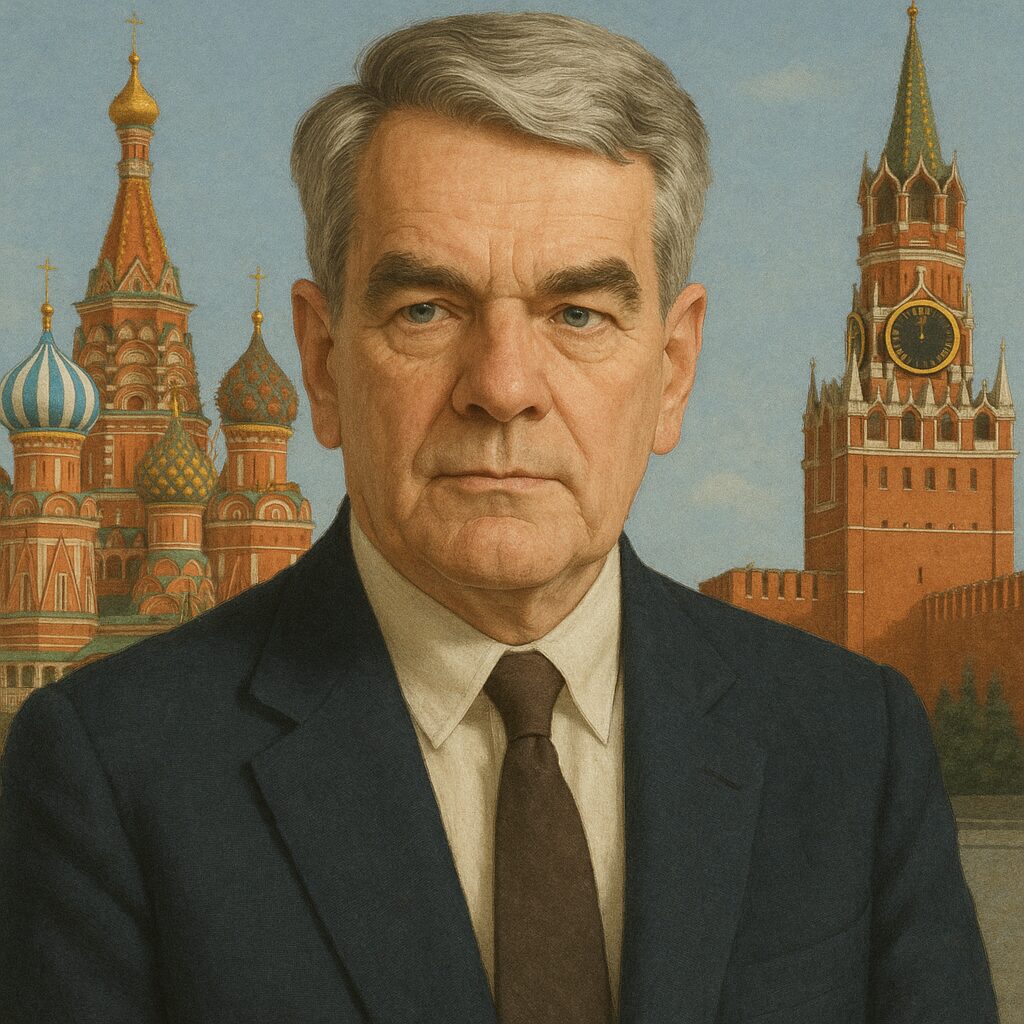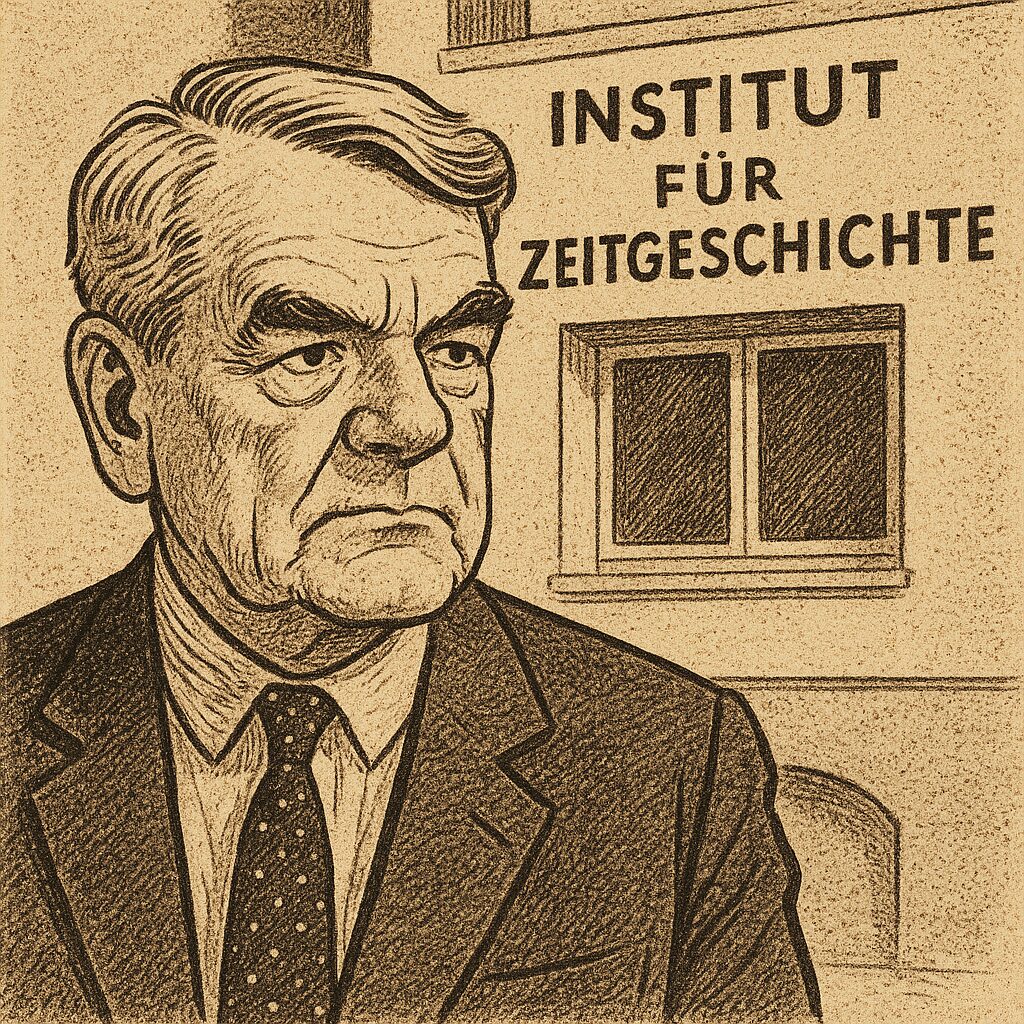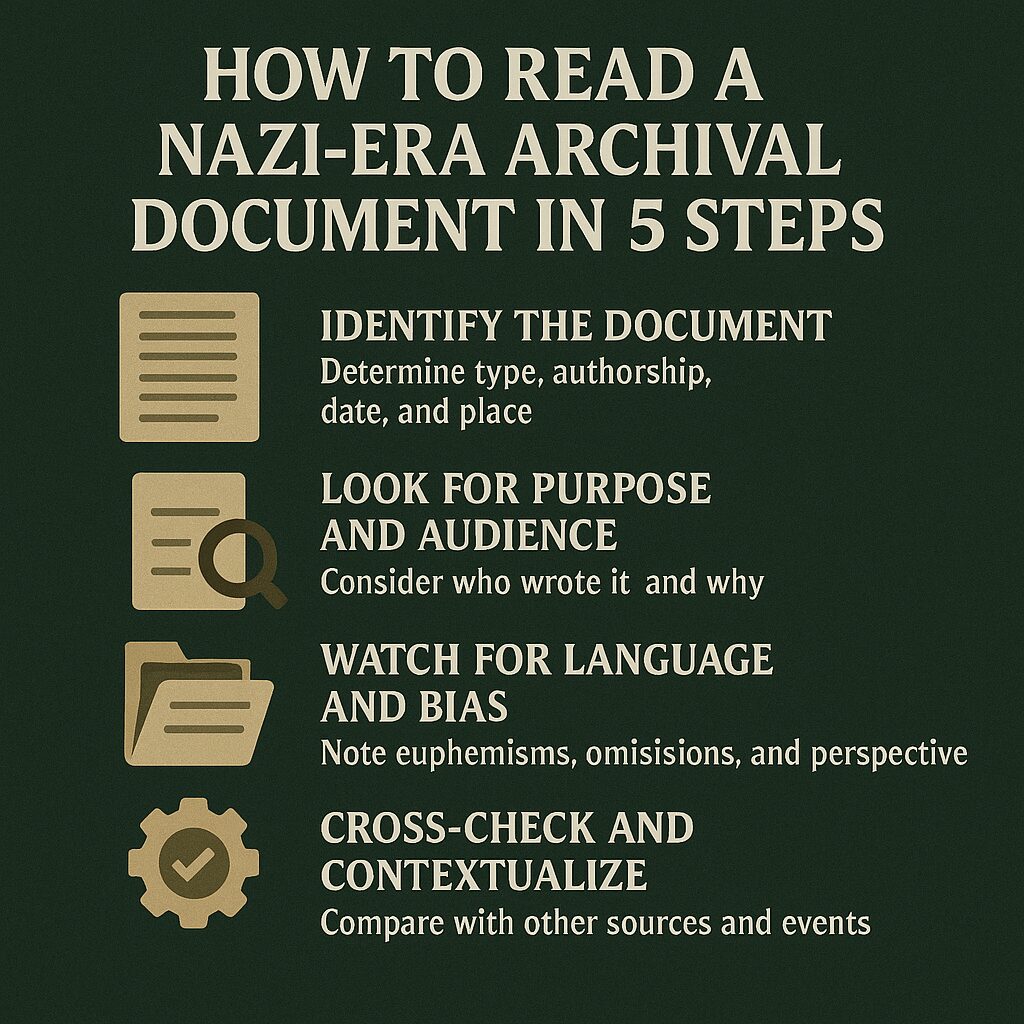Russians said he was the first Western researcher let in to examine the newly surfaced sections
By Irving Collection Staff
LONDON — In early June 1992, British writer David Irving flew to Moscow and—by the Russians’ own account at the time—became the first Western researcher allowed to examine newly surfaced portions of Joseph Goebbels’s diaries in a state repository often described then as a “special archive.” That is how senior archive officials framed it as the story broke that summer. The Independent, 3 July 1992.
Irving moved quickly. Within days of a preliminary inspection, he agreed terms with The Sunday Times to transcribe and translate selections—a six‑figure deal reported contemporaneously as more than $125,000, and later described in court by Irving himself as £75,000 net. Washington Post, 10 July 1992; HDOT trial transcript, Day 1.
Inside the archive
Introduced by the paper’s Moscow correspondent to Vladimir Tarasov, a senior Rosarkhiv official handling foreign researchers, Irving was shown the cache: about 1,500 glass plates carrying microfilmed pages of the diaries. HDOT transcript, Day 15 (Tarasov); HDOT transcript, Day 4 (plate count). The find promised a trove for historians and an exclusive for the newspaper.
The setting reflected a moment of post‑Soviet opening. Captured foreign records long held under the USSR’s Special Archive (Osobyi arkhiv, TsGOA) were in 1992 being reorganized under the Central State Archive of Special Documentation (TsKhIDK)—one reason journalists kept calling the repository the “KGB archive.” Wilson Center Working Paper, Grimsted (2002), p. 9.
Speed, skills—and tests in Britain
Irving’s advantage was speed and specialization. A practiced reader of German handwriting, he began transcribing immediately. In the trial record, witness Peter Millar describes the fraught mechanics: on one occasion two plates were removed without permission and copied (“James Bond‑style,” he said), then returned; soon after, two plates were taken to Britain for forensic checks (Millar recalled Pilkington) and then sent back to Moscow. HDOT transcript, Day 15.
Contemporaneous reporting added that Moscow archivists had initially authorized publication of about 90 pages, and that Irving offered a new microfiche reader to the cash‑strapped archive as part of the arrangement. Washington Post, 10 July 1992.
What followed
Publication plans in London stirred controversy, but the basic news was clear: the diaries existed in vast quantity and could be read in full. In parallel with the newspaper’s project, the Institut für Zeitgeschichte (IfZ) in Munich pressed ahead with a long‑term scholarly edition. The IfZ’s editor Elke Fröhlich—who had discovered the glass‑plate microfiches in Moscow in 1992 and brought duplicates to Munich—oversaw the multivolume set published 1993–2008. IfZ Open repository, series page (see lines noting the 1992 Moscow discovery and duplicates); see also IfZ overview.
Why the 1992 access mattered
The Moscow opening confirmed that the Goebbels diaries survived almost entire and could anchor fresh scholarship rather than rumor. It also marked a brief window when Russian archives admitted Western researchers at speed, allowing newspaper‑backed reconnaissance to capture material that would soon be absorbed into formal editorial work. Grimsted, Archives of Russia Seven Years After.
Key dates (1992)
- 26 May — Irving contacts The Sunday Times editor Andrew Neil about the diaries; Neil finances a reconnaissance trip. High Court judgment summary (Wikisource).
- 6–11 June — First Moscow visit; initial examination; early copying incident and, later, two plates taken to Britain for tests. HDOT Day 15.
- Late June–early July — Intensive work on site; about 1,500 plates inventoried. HDOT Day 4.
- Early July — Public controversy erupts; Russians say Irving had been the first Western researcher allowed to see the newly surfaced parts; six‑figure deal reported. The Independent; Washington Post.
Editor’s note: This account reconstructs events from court filings, sworn testimony, and contemporaneous reporting.



